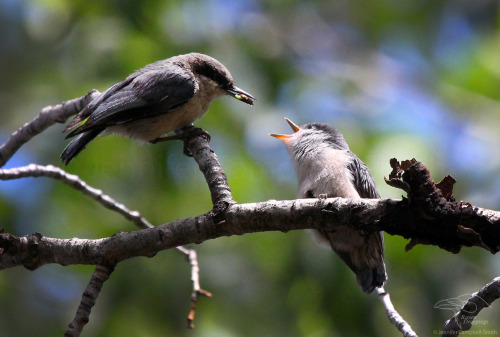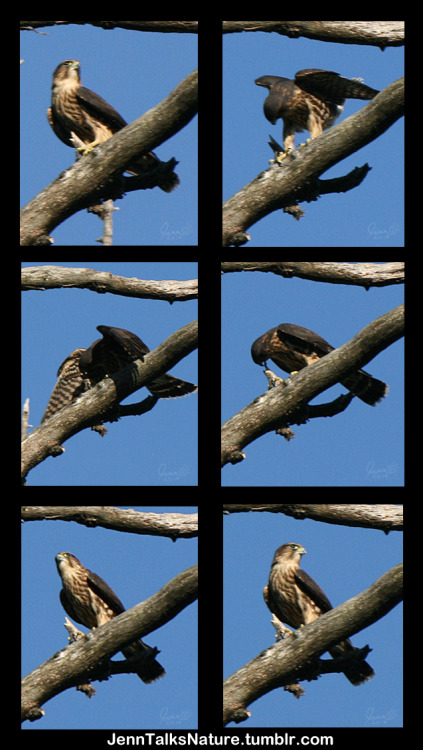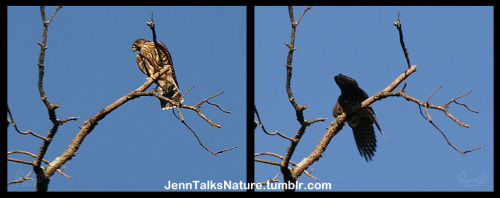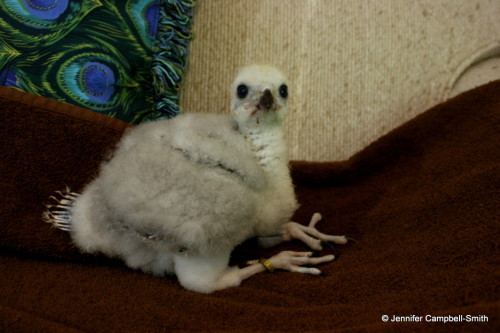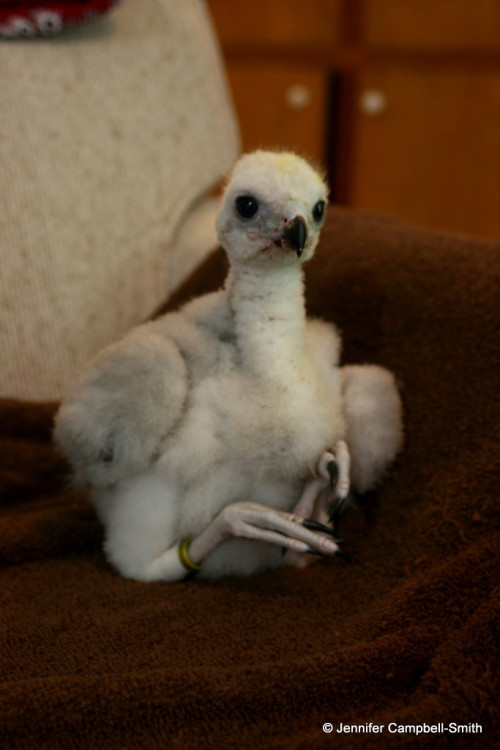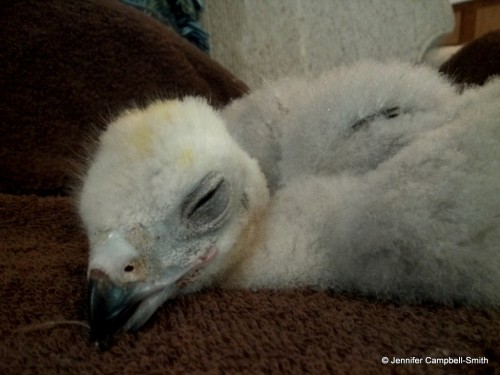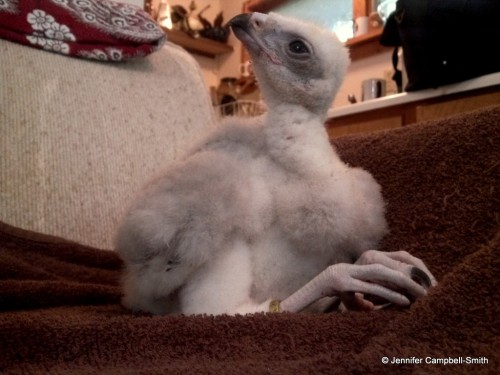#baby bird

baby bird and some eggs
Time for another baby bird. Here is a pygmy nuthatch (Sitta pygmaea) fledgling. If this little guy isn’t cute enough on it’s own, you should also know that these birds huddle in cavities together when it gets cold. These piles (roosts technically) of fluff-balls can reach over 150 individual nuthatches all stacked together. (Just thinking about it gives me adorable-goose-bumps.) They not only help keep each other warm, but they are also cooperative breeders, meaning they live in family groups while breeding, with grown offspring helping to feed the new offspring.
These birds are truly “pygmy” weighing only 9-11 grams (not even half an ounce!).
Enjoy!
Post link
“You’ll get the hang of it son, just watch me.”
Two male American kestrels (Falco sparverius), father (left) and juvenile son (right). The father was focused, watching the field for prey as the son intermittently begged and watched. Even though the juvenile is most likely there so he can take immediate advantage of his father’s catches, he’s learning a thing or two whether he knows it or not.
Post link
This is Basket Owl (a baby great horned owl). Its mother, who is perhaps a first time mother, selected an old, very small (for an owl) crow nest at the top of a tree. Not surprising to the people watching her constantly pulling her baby back under herself as it bulged over the edges of the nest, the baby fell out when very young. Thankfully, some kind humans noticed and instead of absconding with the baby, they grabbed a new nest (a deep basket) and secured it part way up the nest tree, then placed the baby in the basket. Thankfully, mom realized this was a much better nest and resumed sitting on her baby in their new home. This is Basket Owl yesterday, several weeks after its rescue, doing well and in the “brancher” phase (i.e. not quite fledging, but moving around in the tree a bit). It’s such a cute puff and a testament to people trying to keep the baby with its parents instead of just kidnapping it with good intentions.
Please, if you encounter baby birds this season, do your best to place them back in the nest or up in a bush or tree, off the ground. Don’t immediately take the baby and accidentally kidnap it. If the nest seems to have broken, find a cardboard box or a small basket, place the baby inside, and secure it up in the nest tree, off the ground (the parents are very likely going to find it). If you feel the bird may be legitimately injured, call a bird expert or rehabber BEFORE taking the baby away from its parents.
Enjoy watching all the cute baby birds this season!
Post link
I spent a couple hours this evening watching some baby merlins(Falco columbarius). They are a small falcon, just a little larger than the American kestrel. They mostly prey on small birds (and the occasional dragonfly). I love the first sentence of All About Birds’ brief description of the merlin, “Merlins are small, fierce falcons that use surprise attacks to bring down small songbirds and shorebirds.”
The reason I point this sentence out, is that fledgling/juvenile merlins are anything but surprising, agile, fierce predators. Okay, they may be fierce, but it’s hilarious. Like any other bird they have to learn to get food, and in the case of a predator, to catch prey. This means a lot of learning and a LOT of failure in the process. This evening, the merlins seemed to be missing the “surprise” portion of catching prey, and instead, opted to scream the entire time they flew around or at other birds (listen to the “alarm calls in captivity” on this page to hear roughly the same sound they were making…it’s rather not subtle). As far as I can tell, when they scream at mom and dad, the food their parent is holding is then placed in the baby falcon’s mouth. Now perhaps, the tiny falcon logic at this stage is that maybe begging at the prey will also make it magically placed in it’s open mouth. This is simply a hypothesis.
As for the fierce part…I did get to witness one of the juveniles mercilessly attack, maim, and tear apart bits of the tree it was standing on (second and third photo sets). It was gruesome, but I managed to continue taking photos. You will notice in the last three photos of the second photo set, that the juvenile merlin has it’s foot proudly wrapped around it’s prey as to not let it escape.
Lucky for these little terrors of the sky, mom and dad are still around right now to share kills and supplement the remainder of any failed hunting efforts of their children. In all seriousness, this is all important in their development as predators. It’s very difficult to be an animal who has to pursue, capture, and kill each meal. The first winter for a raptor is harsh, and mortality rates for a raptor in their first year of life are well over 60% (for some species up to 80% isn’t uncommon). This means the birds who make it through their first winter/year and those who eventually breed are truly the cream of the crop! Here’s to hoping these little guys hone their skills during this summer well enough to make it through their first winter. I’m rooting for you adorable tiny falcons!
Post link
(viaFrequently Asked Questions, Ask an Expert: Q. I found a baby bird. What do I do?)
Reminder that it’s usually best to leave baby birds alone! Get a picture or two, enjoy watching them, but don’t unknowingly kidnap them from their parents!
Post link
Update on the baby northern goshawk shown in a previous post(and video). This is a photo taken by a friend when the baby goshawk, now named Havoc, met a baby desert eagle owl (Bubo ascalaphus; also known as the pharaoh eagle owl or Savigny’s eagle owl), owned by a different friend of ours.
They don’t seem to know what to make of one another, but one thing is for certain, they are both freaking adorable. I can’t get over it.
As you can see, Havoc is getting his feathers in. I’ll try to keep you all updated as I either take more photos of my own or my friend sends them :)
Post link
Northern Goshawk Chick (by JennTalksNature)
You all seemed to love the photos, I suppose I’ll post the video I made to go along with them.
This is my friend’s new baby (eyass) northern goshawk (Accipiter gentilis). He is a captive bred, Russian/Finnish subspecies cross and is 100% ADORABLE. I pretty much screamed with glee every time he did anything.
My friend is a licensed falconer of the general class, so it is legal for her to own and raise this bird. He is destined to be a hunting hawk and under my friend’s care and training, I know he’s going to be one major badass by the beginning of the hunting season this fall. For now he’s wibbly, wobbly, and covered in cotton.
Northern goshawks are sort of the Ferraris of the falconry world. They are fast, extremely agile, and focused, but make a mistake and you will pay big time. They are not forgiving birds and they require very experienced falconers to handle and train them. I’m very excited to watch him grow and watch my friend train him. I want a goshawk eventually, but not until after a lot more experience with more forgiving raptors. I’ve been out hunting with several goshawks, and man, it’s a wonderful and intense experience. Their ability to move through the forest is like watching poetry in sharp, pointy motion.
Post link
Baby broad-billed.
Fledgling broad-billed hummingbird / colibrí pico ancho (Cynanthus latirostris) at the Arizona-Sonora Desert Museum, Tucson, Arizona.
Post link
I had an exciting Friday and Saturday morning - the Bluebird babies fledged! I sat all Friday, thinking that would be the day, and when my DSLR battery died down and I decided to go in to make dinner at around 7, they decided to go for it lol The first two were smooth and fast, third and fourth had some issues, and number five spent the night in the box and fledged early today. They all looked nice and strong! I emptied the box, scrubbed it to get rid of the poo, dusted it with foodgrade Diatomaceous earth, added some more kerfs outside for easier grip and some more vent holes and rehung it. Here’s a clip, it’s longer but it shows them all. I hope to see them soon again - usually the parents start bringing them to the yard two weeks after fledging.

I may be biased but Bluebird babies have the best faces.

Canada goose gosling. My first gosling sighting this year





Leaving the nest and in with Dylan who keeps getting picked (pecked..) on by the others. Hopefully they will be nicer to him!
This lil fella is as friendly as a puppy. It’s actually seeking attention. Only attempted hand feeding em twice. Also the eldest of the 4 and likely half English budgie. These are only the second batch of babies that I’ve ever had and the first was only one chick who got a lot more attention and was never this friendly. Very excited to have at least one bird that doesn’t require so much effort to win over!
Baby budgie Beethoven!

Can never get these parrot kids off of their phones!






They are almost real birds now!
Can you wink?
(every bird I’ve ever winked at has winked back!)
Num num num

One of the babies is exploring outside the nest!






They look different everyday. The oldest one is very inquisitive and has come out of the nest and figured out how to get back in. He (?) also wanted to be hand fed after only trying one other time. You can tell he is really looking at you in the eye and is watching. Definitely my favorite (shh don’t tell the other 3!)




